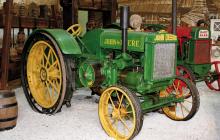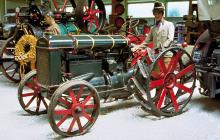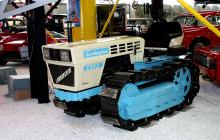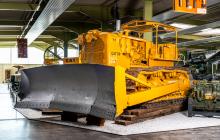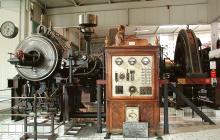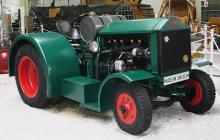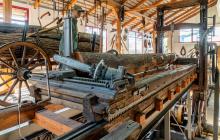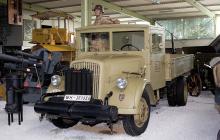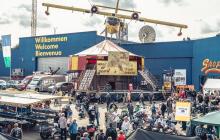Threshing machine locomobile
In about 1800 the labor of a farmer was just sufficient to feed the members of his own farmstead and only one single non-farmer besides. Today an agricultural labourer can produce food for 40 people or more. Essentially, there are two reasons for this increase of productivity: mechanisation of work processes and improvement of growing methods based on accurate scientific discoveries, and here in particular the introduction of artificial fertilizers as a result of the research work of Justus von Liebig. Utilization of the power of steam initiated the mechanization of agriculture.
An example for an early, steampowered agricultural machinery is the threshing machine locomobile shown here. Such locomobiles were hauled to the field by oxen or horses and used particularly to drive threshing machines. It thus was a kind of mobile stationary engine. It was fuelled with wood or straw, and with coal in exceptional cases only. The machine is from the year 1915. It has a steam cylinder of 5.3 liters displacement producing about 15 hp.

